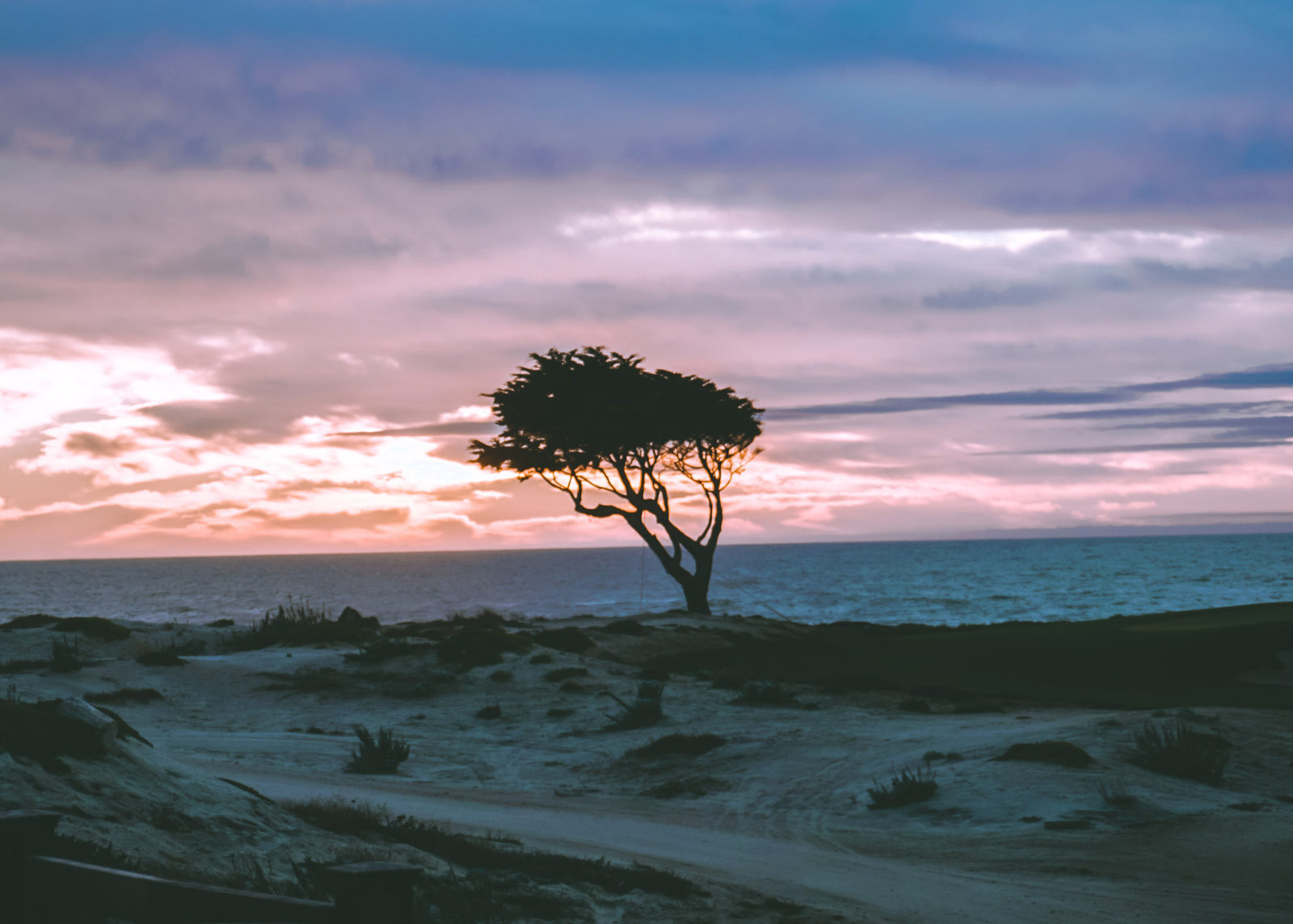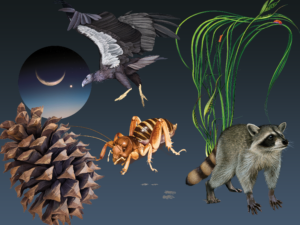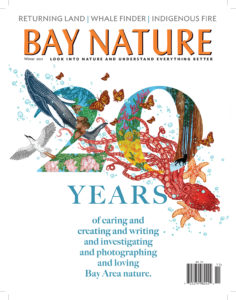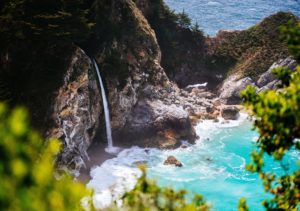There’s a Bay Area ecosystem that’s never been mentioned in the pages of Bay Nature. It is small and easy to overlook, and after several decades of a changing climate, it now exists only in isolated pockets in the Bay Area. It’s fragile but hanging on. I’m referring to the Bay Area’s environmental media ecosystem. In it are the journalists at print and online publications and audio and video broadcasts that report on the Bay Area’s life and earth sciences, environmental problems, and conservation issues. At the risk of taking the metaphor too far, these days, staff environmental journalists are a rare species. In the Bay Area, we’d argue, there are fewer than a dozen of us serving the more than 7 million people living here. And three work at Bay Nature.
It’s a bit unnerving. The natural world is changing at an unprecedented pace, and an environmental journalist’s job is to understand the science underpinning those infinitely complex changes and how society is responding in all the ways that societies large and small do. And then try to accurately and interestingly tell everyone about it. Given that the rate of ecological change is predicted to accelerate over the next 80 years, you’d think there’d be a few more environmental journalists around.
But as you know, journalism as an industry has been struggling for decades with the collapse of its advertising-based business model. Since 2008, 23 percent of the journalism jobs in the U.S. have been lost, according to the Pew Research Center. And that’s not counting the several thousand jobs cut in early 2019. So, it’s not surprising there are so few environmental journalists in the Bay Area.
Within the remaining local environmental media ecosystem, Bay Nature plays a keystone role (pun very much intended). Because we spend all day, every day talking and reading about Bay Area environmental issues and science, we find and publish original stories that no other media organization has told. The stories aim to deepen a reader’s understanding of regional nature and examine not just problems, but their potential solutions. Bay Nature freelance reporters often work for months on stories to examine their many facets. And we routinely see Bay Nature stories re-reported by larger media outlets. As a nonprofit with a mission, we’re OK with that. If Bay Nature throws the pebble that generates larger ripples of conversation and knowledge, we’ve succeeded.
We are also independent. That means we are not beholden to any organization or agency’s priorities. We choose stories that readers have expressed interest in or that we think are important to the region. You’ll find examples of that in this issue. The Bay Area butterfly and insect decline story was inspired by reader concern. The profile of Bay Area birder extraordinaire John Robinson fits into our larger conversation about equity in conservation. New studies on emergent groundwater due to sea level rise is an underreported issue that is expected to affect much of the Bay Area.
As a magazine, we independently fact-check every one of these stories. That means each fact in a story must have a credible reference or source and is verified by a third party for accuracy. (That’s why we have three contract research editors listed in the masthead!) This once was standard practice at magazines (newspapers and books have rarely included independent fact-checking in their process), but according to a new study at MIT’s Knight Science Journalism Program (Bay Nature was surveyed for it), only 34 percent of science-oriented magazines and broadcast outlets verify their stories’ facts in the manner we’ve described above. We take really seriously your ability to trust what’s printed in Bay Nature.

We publish all our stories online for free—there is no paywall—so that as many readers as possible can connect with the Bay Area’s natural world. This aim is central to Bay Nature’s vision statement: all people have a close relationship with their natural world. Online we average about 75,000 pageviews (and growing) a month, and the largest share of our online readers are millennials. We’re buoyed that Bay Nature stories are read by young and old and from zip codes around the Bay Area, not to mention Los Angeles, Sacramento, Texas, New York, Canada, India, and on and on.
You are the reason these environmental stories are possible. Bay Nature is here today, having weathered journalism’s many storms, because of your subscriptions, advertisements, and donations. Thank you. It is gratifying to realize that the financial model Bay Nature has long followed is now considered the gold standard for nonprofit media across the country. With a one-million-dollar budget, we cover 40 percent of our costs through earned revenue, such as subscriptions and advertisements, and 60 percent comes from donated revenue. Bay Nature is not supported by a single or even a few wealthy benefactors or foundations, but by many, many individuals who give what they can, volunteer, and share Bay Nature stories and subscriptions. You are keeping environmental media and the ideals Bay Nature represents alive in the Bay Area. We’re proud of that and hope you are, too.





